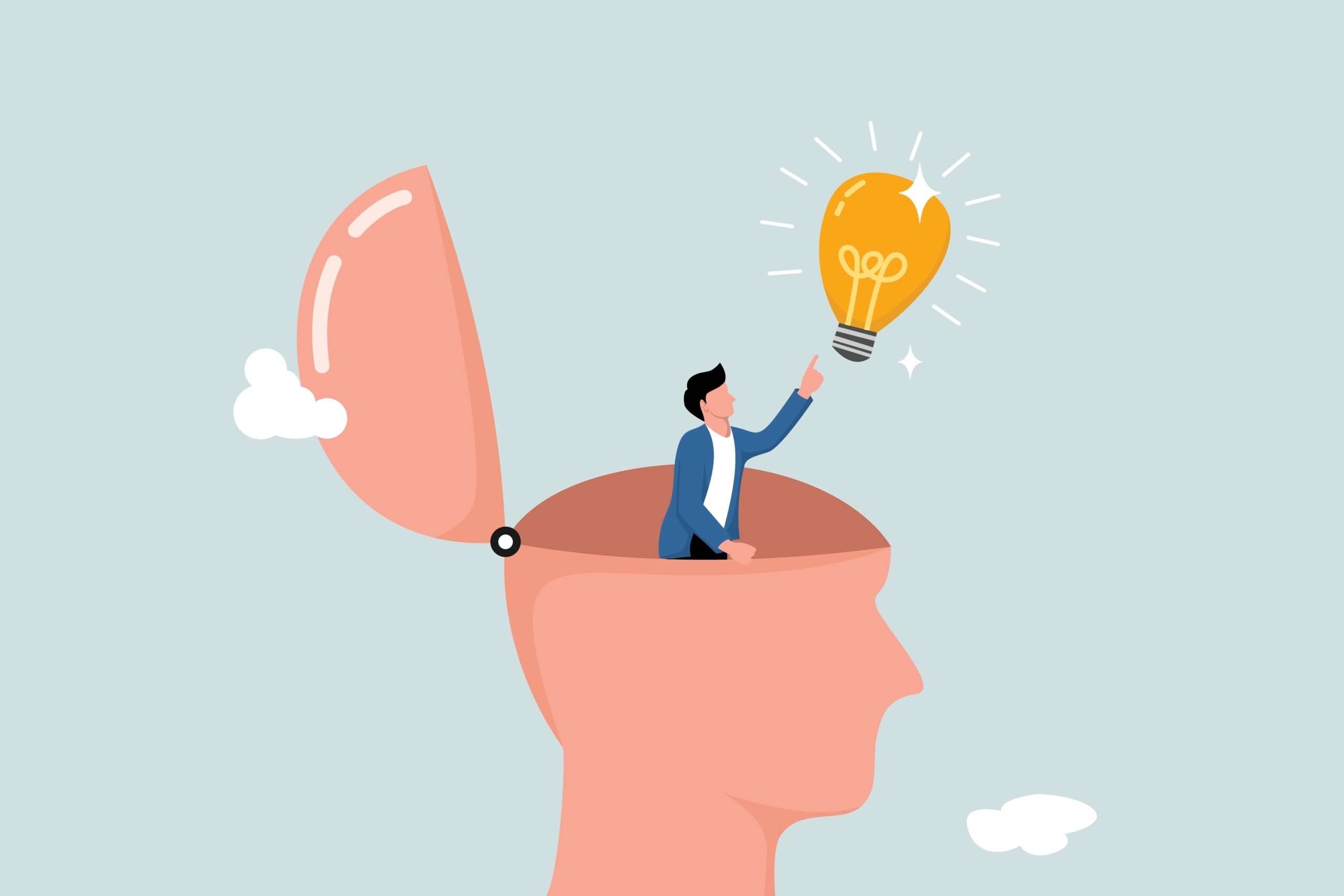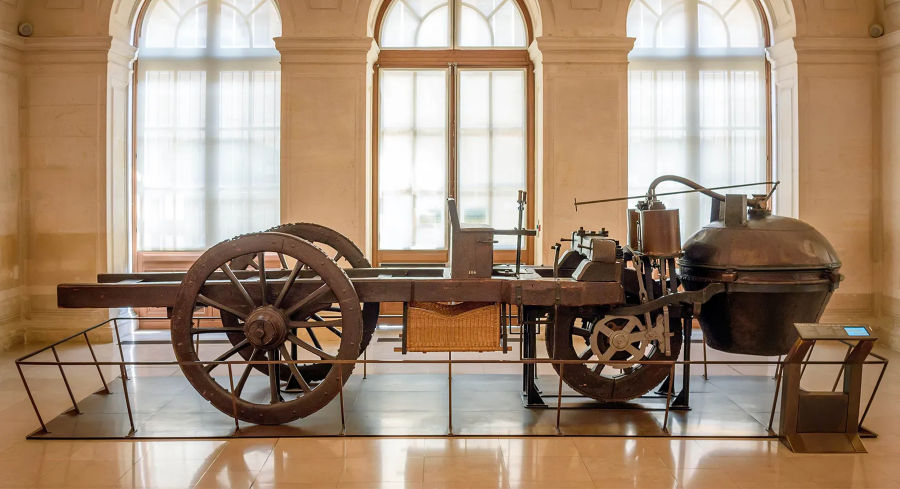Today, machines are changing how we live and work, from self-driving cars to robotic doctors. Robotics is a vital component of Science, Technology, Engineering, and Mathematics (STEM), and it has experienced rapid growth, particularly since the COVID-19 pandemic. Many things we once only saw in movies are now real. As American computer scientist Alan Kay once said, “The best way to predict the future is to invent it.” Let’s explore how this incredible technology is enhancing our daily lives.

Robots are helping to improve and enhance the safety of healthcare. Today, some surgeries utilise robotic tools to assist doctors in operating more accurately, which enables patients to heal faster. There are also special robot suits that can help people who are paralysed to stand and walk again. In hospitals, robots can monitor patients and even deliver medication, which helps nurses and doctors, especially when things become very busy.
With the advancement of telemedicine, robots can also make it possible for doctors to see and check on patients from a distance. This technology is useful in areas where there aren’t enough doctors. Some robots are powered by smart technology, such as Artificial Intelligence (AI), and can help determine what illness a person might have. Having smart technology like this can lead to faster and better treatment. But don’t worry, robots aren’t replacing doctors. They are simply providing them with better tools to take care of us.

It is also worth highlighting that organisations like NASA and SpaceX utilise robots for space missions. Robots like the Mars rover Perseverance help scientists study planets without sending humans into dangerous environments. On the International Space Station (ISS), robotic arms assist astronauts in repairing equipment and conducting experiments. Thus, in the future, robots may help build homes on Mars before humans even arrive. They could also mine resources in space, making space travel easier and safer for people. Ergo, we can say that today’s robots are the astronauts of tomorrow.
Artificial Intelligence (AI) enables robots to become smarter, making things more interesting. AI-powered robots can learn from their surroundings, make decisions, and communicate with humans. For example, humanoid robots like Sophia can talk, answer questions, and show emotions.

AI is also helping robots operate more efficiently in warehouses and delivery systems. Some online shopping companies utilise robots to quickly sort and pack items. Using robots may reduce costs and speed up deliveries, making shopping easier for everyone. So, AI is about teaching machines to think like humans while we focus on thinking in new and smarter ways.

Moreover, the future of robotics is exciting. Scientists are developing soft robots that mimic the movements of living creatures. Nanorobots are tiny machines that could one day travel inside the human body to cure diseases. Robotics are also becoming a big part of our education system. Schools are teaching students how to build and program robots. Competitions like FIRST Robotics and VEX Robotics encourage children to explore careers in engineering and artificial intelligence. These young innovators will shape the future of robotics. Besides, STEM and AI education are key to unlocking the future.
In short, robots are transforming our lives, from assisting in hospitals and factories to supporting space exploration and making everyday tasks easier. They help us work faster, safer, and smarter. Students and future leaders can help build even better technology by learning about robotics and STEM. The future of robotics is no longer a dream; it is happening now, and we should do our part to enhance this outstanding machine. As the legendary Albert Einstein once said, imagination is more important than knowledge. Knowledge has limits, but imagination has no boundaries. It can reach anywhere in the world.
Prepared by:
Harshinie a/p Subramaniam




